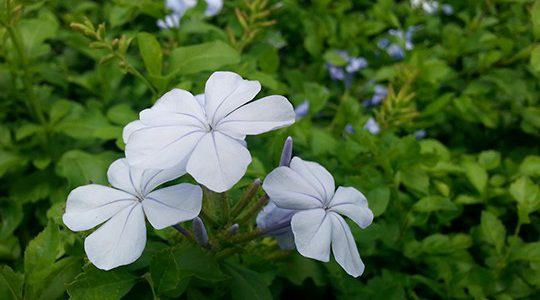Ground covers are attractive alternatives to turf, and a solution for areas in your garden where nothing else grows well. Ground covers are low-growing perennial plants such as periwinkle, ivy, stonecrop, thyme, pachysandra, and cotoneaster. These plants are usually more costly to install than grass, so it’s worth making the extra effort to choose the best types for your area and to create a good growing environment for them. If the ground covers are going into a high traffic area, be sure to lay a path. You can’t walk on ground covers like you can walk on grass, and be sure to check their light requirements. Some will prefer shade while others will need sunlight. While low maintenance is a long-term benefit of most ground covers, expect to spend the first 2 or 3 years helping new plantings fight off competition from weeds. You’ll have to weed by hand, as herbicides will harm the ground cover as well as the weeds. Mulching around individual ground cover plants can also help keep weed competition down for the first 2 or 3 years, while giving your plants an opportunity to spread through root and shoot development. Be sure to use a good transplant fertilizer when putting them in, and follow through with a high nitrogen fertilizer to encourage lots of green top growth.
How to grow ground cover



